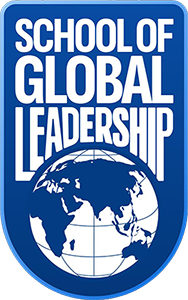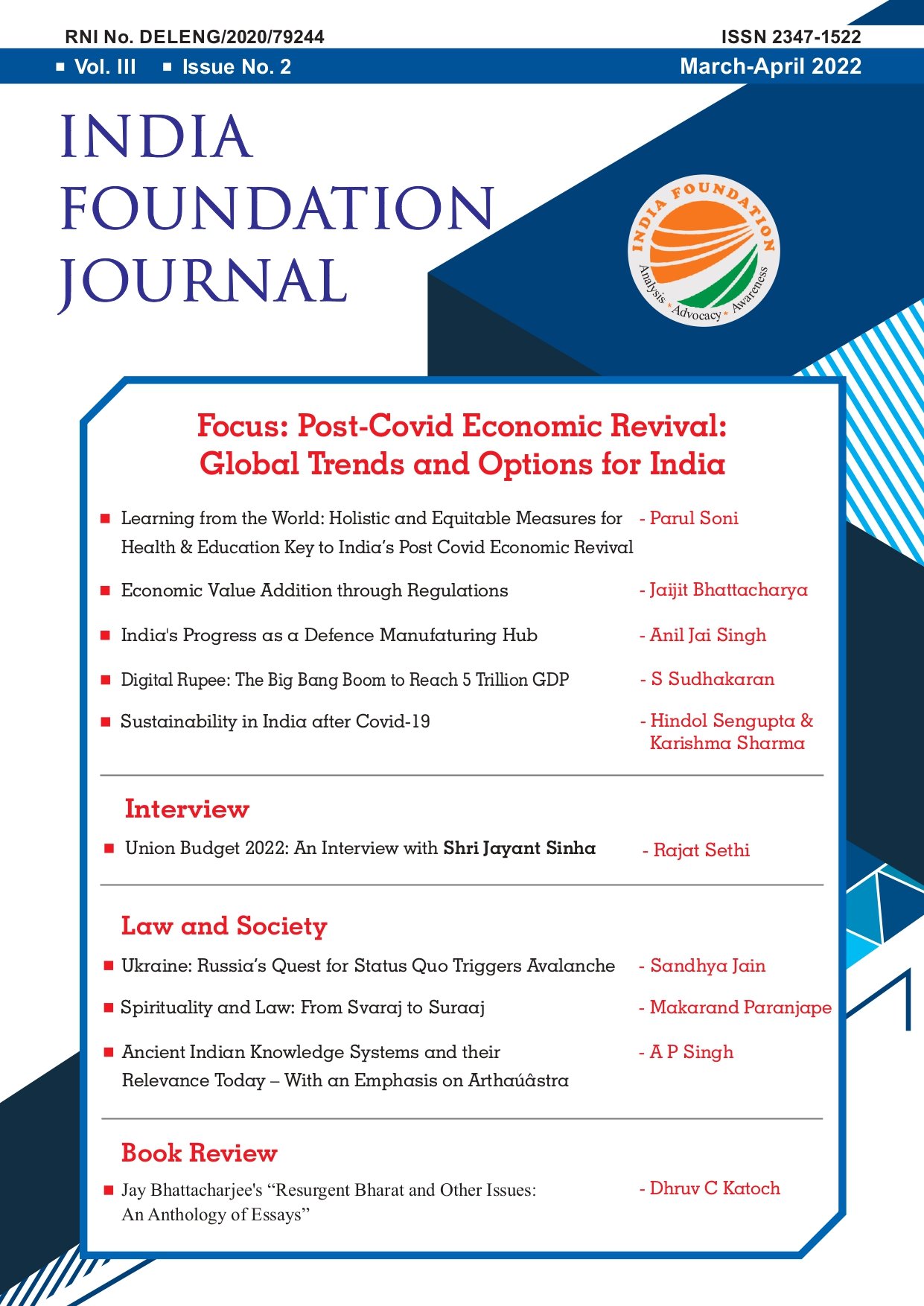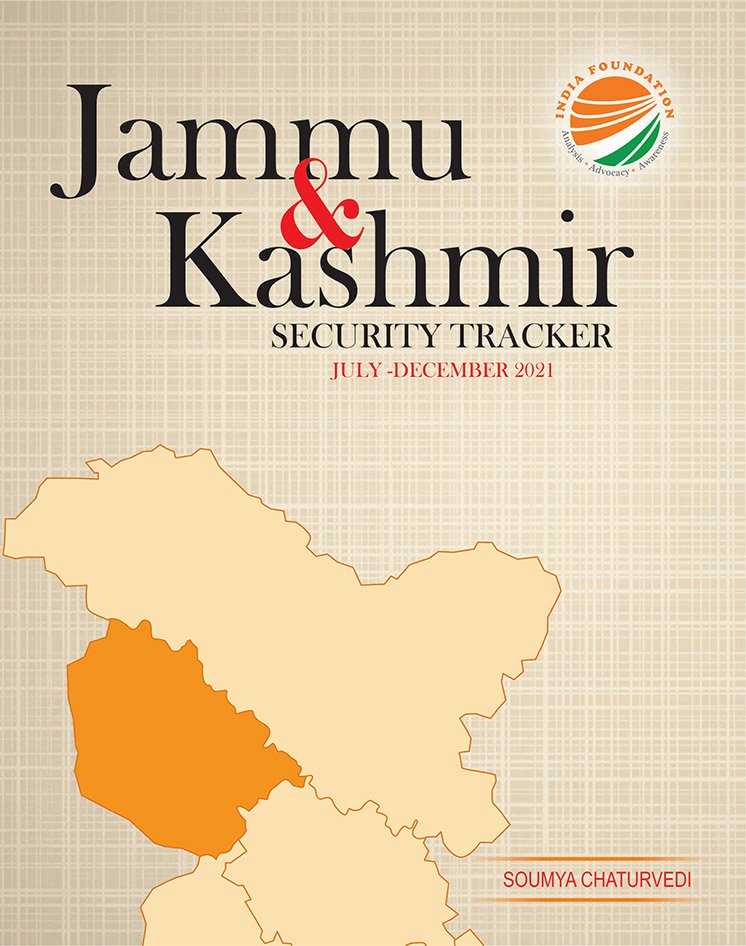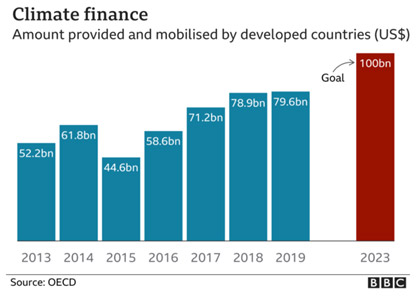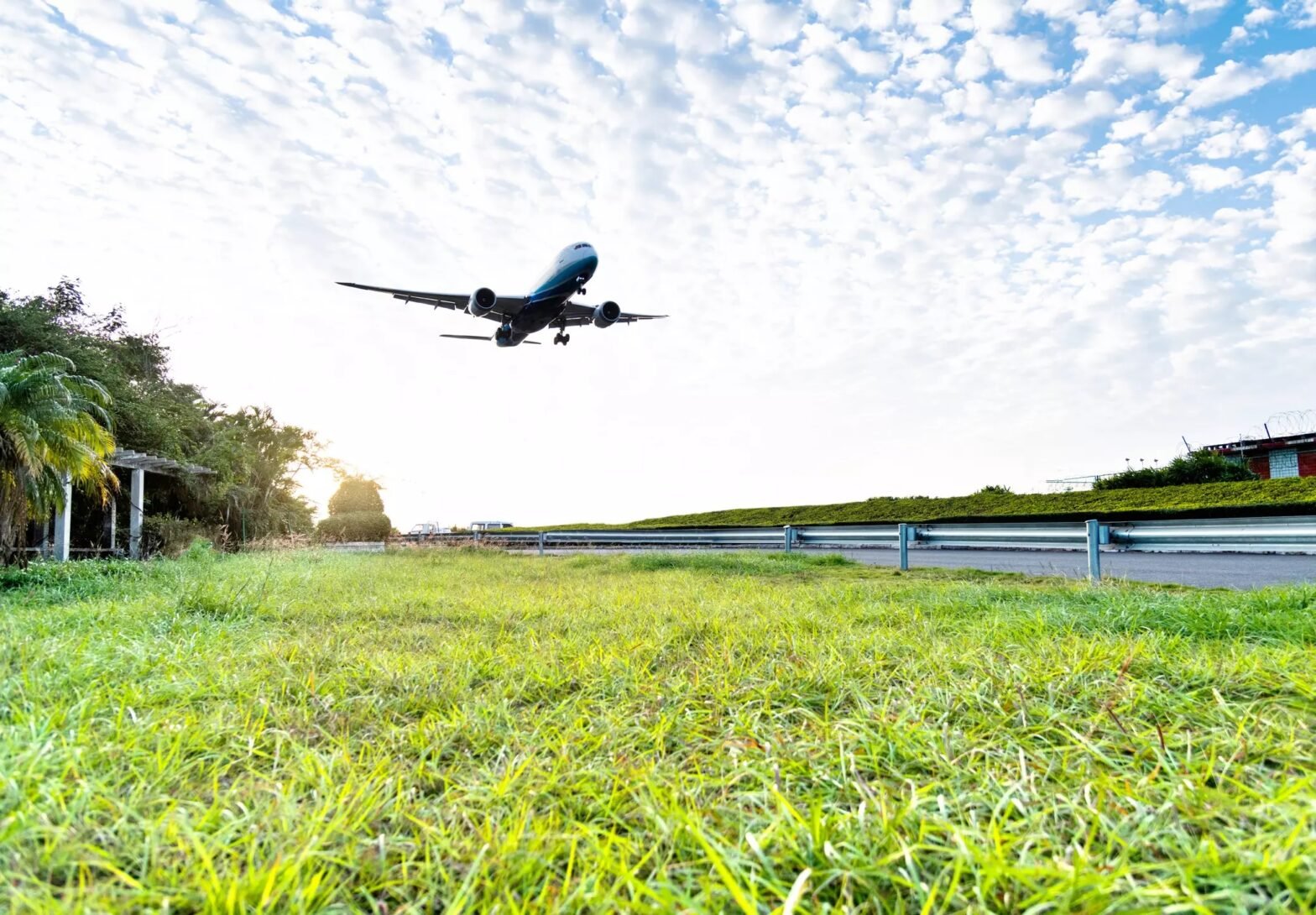The pandemic is not yet over. However, humankind has shown extraordinary resilience by not only devising a number of preventive vaccines in a record time, but also by making a continuous stride towards economic revival. In some parts of the world, economic recovery is happening faster than projected – the European Commission’s autumn forecast shows GDP in the EU and the eurozone area reaching 5 per cent by 2021, higher than the previous forecast of 4.8 per cent. Moreover, it is projected to grow by 4.3 per cent in 2022 and by 2.5 per cent for the EU and 2.4 per cent for the eurozone in 2023.[1] The fact that this global economic revival is constantly threatened by an aggravating climate crisis and rising inflation and economic inequality may undercut the pace and it will be unwise to assume India can remain insulated from such threats. However, much of it can be averted by adapting to the best practices and implementing policies with decisiveness that brings benefits to the people and society and fosters greater good. In the past two years, access to nutrition, health, education, and employment remained some of the biggest concerns for the government, its policymakers as well as the common people. As India slowly emerges from the third wave of COVID-19 and pedals the growth accelerator with the Union Budget this year, it must probe into health and education – areas that call for the greatest attention as they impact human life like no other.
Holistic Healthcare and Disease Prevention Key for Post-COVID Health Systems
Until the pandemic struck, the term ‘health’ was more indicative of treatment of diseases than ‘… a state of complete physical, mental and social well-being and not merely the absence of disease or infirmity.’ as defined by the World Health Organization (WHO). Before COVID-19, common people were largely reacting to health problems, while policy discussions on health were often centered around the cost of healthcare. This has a precedence in the history: In the 19th Century, when New York was under repeated attack of cholera epidemics, prevalence of cases among poor, working-class, and immigrant populations living in without proper access to water, sanitation, and hygiene (WaSH), forced the state legislature pass the Metropolitan Health Law in the second half of the century. It mandated municipal governments to maintain adequate sanitary conditions and created a Board of Health that implemented practices to limit the city’s death toll and inspired similar laws and organizations around the US.[2] In the post-COVID growth, health must be considered an investment and for a developing country like India, it can offer stupendous returns: As per estimates, a 10 per cent reduction in malaria incidence is associated with an increased annual economic growth of 0.3 per cent.[3]
Following are a few aspects investing in which can enrich the post-COVID Indian healthcare systems:
Focus on improving SDH parameters: The social determinants of health (SDH) are the non-medical factors that influence health outcomes, including income and social protection, education, working life conditions, food insecurity, housing, basic amenities and the environment, and access to affordable health services of decent quality. The WHO estimates find SDH accounts for between 30-55 per cent of health outcomes,[4] and addressing SDH appropriately plays an important role in improving access to health services and reducing inequities in health. SDH parameters can vary greatly between urban and rural areas and for men, women, children, and marginalised communities. The pandemic has put the spotlight on the glaring inequalities in the society and underscored the importance of ensuring these parameters are met to enable people live a healthy and productive life.
Nutrition for health and wealth creation: To think that food meets a person’s physiological needs will be a serious underassessment of its importance. However, in the early days of the pandemic, over 3 lakh children under the age of 5 in India may due to reduced routine health services coverage and increased wasting.[5] Estimates show that multiple forms of malnutrition (MOM) may reduce nearly 8 per cent of India’s economic growth driven by reduced days to school, cognitive impairments, compromised adult productivity, and increased healthcare costs. Malnutrition may impose a steep cost to the economy, as high as USD 3.5 trillion per year, or USD 500 per person.[6] Food, and in turn right nutrition, can well become the engine of economic growth in the aftermath of the pandemic. Ensuring nutrition security can yield impressive economic benefits – for every dollar invested in wasting and stunting of children, a return of USD 18 is received. In India, the yields are between USD 34.1 and USD 38.6, three times more than the global average. India must ensure that supplies to beneficiaries of its impressive nutrition programmes continue without any disruption and innovative forms such as nutraceuticals, gummies and chewables are inducted.
Prevention of non-communicable diseases: Non-communicable diseases (NCDs) are India’s biggest health threat and affects a large share of the pre-adult and adult population of all ages. The four major NCDs in India are cardiovascular diseases (CVDs), cancers, chronic respiratory diseases (CRDs) and diabetes[7], driven by four behavioral risk factors – unhealthy diet, lack of physical activity, and consumption of tobacco and alcohol. According to the India State-Level Disease Burden Initiative in 2017, the Indian Council of Medical Research (ICMR) estimates that the proportion of deaths due to NCDs in India have increased from 37.9 per cent in 1990 to 61.8 per cent in 2016. During the pandemic, NCDs have emerged as the single biggest risk factor, termed as comorbidity, that can accelerate disease progression and even cause death and studies have found that in 70 per cent of observed states in India, a high NCD prevalence was accompanied by high Covid mortality and vice versa.[8] While India has a National Programme for Prevention and Control of Cancer, Diabetes, Cardiovascular Diseases and Stroke (NPCDCS), there is an urgent need to widen its coverage and monitor the progress.
Building climate-resilient health systems: The devastating second wave of COVID was a rude reminder of how inadequately India is equipped to handle large-scale outbreaks as common supplies like oxygen fell short of what was required. And even though last year’s union budget had extensive plans to ramp up health infrastructure, the actual numbers are far and few between. The importance of a system-based approach towards health is one of the biggest learnings of COVID for all developing economies across the world, including India, something that acts as the foundation of well-developed health systems. As the country is likely to face increased droughts and floods, it is important to build health systems that do not crumble under the sustained pressure of health emergencies or cases. This will require attaining the optimum doctor-patient ratio as recommended by the WHO, strengthening of digital platforms for patient data and disease history, training manpower to use transformative platforms such as telemedicine / teleconsultation, and ensuring seamless supply using drones to widen access to health e-com in smaller towns, rural and remote areas. At the same time, it is also important to look into the carbon footprint of the healthcare sector – if the global healthcare sector were a country, it would be the 5th highest emitter on the planet.[9] India contributes to 2 per cent of global healthcare’s climate footprint and investing in the decarbonization of local and national energy systems as well as advocating use of clean, renewable energy can address the concern.
Using latest R&D for insightful health policy: Health policies play an important role in analysing the unmet needs of the people and finding innovative ways to bridge the gap. The pandemic has highlighted the varying needs of people and adopting an analytical approach, such as systems science, can help understand the complex relationships between communities and develop targeted interventions to improve health and improve health equity by facilitating alternative policies. Australia benefited from this approach by creating the HE2 Diagram—a model that outlined the determinants of inequity in healthy eating.[10] In the United States, a large‐scale system dynamics model evaluated the impact of local interventions on long‐term outcomes of cardiovascular diseases among all US adults. The simulated interventions ranged from increasing access to and marketing of options for physical activity, taxing junk food, and banning smoking at work and public places, to implementing air pollution control regulations. The results were then used by health planners and policymakers in counties in Texas to support local strategy and interventions. With the ambitious IndigGen project already gathering steam, it will be crucial to meet the target set for this year. Whole genome sequencing (WGS) can play a significant role in public health in several ways, right from revealing population-level predispositions to diseases to assisting in finding ways to mitigate rare genetic diseases. Given that COVID has injected a fresh lease of life to genome sequencing, India must use genomic insights for public health policy formulation.
Rebuilding Post-COVID Economy with an Equitable Education System
If focusing on health helps people live, focusing on education enables them to live a productive life. There is no denying the fact that together with health, education form the cornerstones of productive society and are key enablers of economic growth of a country. Sadly, even before the pandemic struck, learning crisis was a reality in developing economies – about 258 million children of primary- and secondary-school age across the world were out of school, and the Learning Poverty (being unable to read and understand a simple text by age 10) rate in low- and middle-income countries was a whopping 53 per cent – meaning that over half of all 10-year-old children could not read and understand a simple text even before the disruptions began.[11] In the past two years, as the pandemic dented the learning curve of students not only by prohibiting their access to classrooms but also affecting their social skills and mental health, it won’t be surprising to see staggeringly high numbers of students in the bracket of Learning Poverty. Diverse socio-economic conditions across the country amplified the gaps and made it difficult for students to either attend or follow online classes. Therefore, it is urgent and imperative upon policymakers to build an education system that meets immediate needs and addresses inequities.
To help countries recover from the impact of pandemic and accelerate learning in a post-COVID scenario, the World Bank suggests the following 10 actions:[12]
- Assessing learning loss and monitor progress, when children return to school and during remote instruction;
- Providing remedial education and socio-emotional support to help students catch-up and ensure school retention;
- Restructuring the academic calendar, to adjust for lost school days due to the pandemic;
- Adapting the curriculum, to prioritize foundational learning (including social-emotional learning) accounting for the lost time;
- Preparing and supporting teachers, to manage burnout, improve digital skills, identify those students needing support and adjust instruction to meet them where they are at;
- Preparing and supporting school management, to develop and implement plans that ensure health and safety conditions for children’s return to schools and learning continuity;
- Communicating with stakeholders, to build ownership and support from parents/ caregivers, teachers, school staff and the broader community for school reopening plans;
- Encouraging re-enrolment, with special emphasis on at-risk of dropout populations;
- Minimising disease transmission in schools, supporting campaigns for vaccination rollout and following epidemiological guidelines for sanitation and hygiene to prevent outbreaks, activation of remote instruction; and
- Supporting learning at home, by distributing books, digital devices where possible and resource packs for remote learning to children and parents.
Designing and implementing learning recovery programmes: As India’s young adults head back to school, it is important to ensure that thoughtful learning recovery programmes are designed to help those who lagged for reasons beyond their control. Learning losses due to the pandemic can foster insurmountable inequities as these children are at risk of being further pushed behind in future, especially when it comes to skill building and employability. This necessitates countries to design learning recovery programmes that help disadvantaged students receive the support they need to catch up to expected learning targets. In June 2020, British Prime Minister Boris Johnson announced an USD 1.3 bn pupil catch-up fund, and a portion was set aside for tutoring that was launched in November.[13] According to research in the UK, 12-week programmes of tutoring can help students make progress equal to three to five months of normal schooling. In Italy, middle school students who received three hours of online tutoring a week via a computer, tablet, or smartphone saw a 4.7 per cent boost in their performance in math, English, and Italian.[14] Ukraine, a middle- and lower-income country like India, is implementing learning continuity programmes – the country’s Ministry of Education and Science (MOES) and Ministry of Digital Transformation, established the All-Ukrainian Online School platform for distance and blended learning for students in grades 5–11 that helps to connect teachers and students, and where the latter can access educational materials and continue schooling during enhanced quarantine / lockdowns. The platform contains lessons in 18 basic subjects and consists of videos, tests, and a compendium of lessons and has the facility for them to track their learning progress. This is somewhat similar to the SWAYAM platform launched by India which could be adapted for the lower grades and limited internet connectivity to support distance learning. According to the World Bank, besides such learning continuity programmes, Ukraine could consider supporting “just-in-time” student assessments to measure the extent of learning losses and identify the students who may need additional targeted support to catch up through accelerated learning programmes, a step that can be emulated by India as well.
Increasing budgetary allocations for education: Given the disproportionate expenses incurred to handle the pandemic, there is a fear of budget cuts for the education sector. However, in the latest budget, India has successfully averted that trap – the Union Budget this year set aside INR 1.04 lakh crore for education, marking an increase of around INR 11,000 crore or 11.86 per cent from the allocation of 2021-22 Budget.[15] This can play a significant role in helping students from underprivileged backgrounds to overcome the gap caused by the pandemic. The increased funds can be used to help the most vulnerable students and the government must focus on funding and allocating resources to support schools delivering remote instruction, particularly those serving high-poverty and high-minority students. The fund must also increase provisions to incentivise students, such as scholarships. Ukraine has taken concrete steps to protect and shore up education spending in 2021 – it increased transfers to local governments for teaching aids and equipment, provided additional support and social protection to teachers and academic staff by increasing salary, and opening new channels of transfer to local governments for school safety and other measures to combat COVID-19. While India too increases its focus on digital-enabled education, expanding the ‘One classroom, one channel’ programme, the establishment of a Digital University, 750 virtual labs for science and mathematics, and the DESH-Stack e-portal for skilling, it is important to track the progress of these programmes and the students they aim to benefit.
Address barriers to overcome future shocks: The learnings from the pandemic are immense, and most significant of them is that being flexible is no longer an option. This is applicable to schools and educational institutions as well who are now faced with the possibility of physical interactions to blended models of education, for good. They must be better prepared to switch easily between face-to-face and remote learning to protect the education not only during future pandemics, but also during other shocks forcing school closures, such as natural disasters or other adverse events. Therefore, areas that are more prone to endure the most of erratic climatic patterns should be encouraged more to build their capabilities in blended learning. Being flexible about modes of education as well as suitable curriculum may also create opportunities for more individualized approaches to teaching and learning and help take a more empathetic view of what the students need. This will also necessitate the ‘Train the trainer’ module for teachers, especially in rural and remote areas, to adapt to the realities of the post COVID world – digitisation, simulated classrooms, remote learning, building critical thinking and emotional and social intelligence capabilities in students, and the likes. It will be wise to offer short training courses to improve their digital skills and help them strategize ways to reduce screen time for students when prolonged screen-based learning is required. They must also be trained to counsel students on building new-age, tech-based skills, keeping the evolving job market in mind. These may include, but not limited to, cybersecurity, robotics, cloud computing, blockchain, augmented reality (AR) and virtual reality (VR). At the same time, parents and the community at large must be enabled to support students during challenging times since they are critical to children’s education, and implementing family-level and community-level programmes may help to a great extent. Given that girl children comprise a lion’s share of the school dropouts and are disproportionately affected during the pandemic, extra care and focus should be given to build WaSH infrastructure in schools to arrest girl student dropouts and bring back such to the fold as we tread the path of economic recovery.
Conclusion
This was not the first pandemic the world has seen, nor will it be the last. However, the damages it has caused may have a lasting impact, unless thoughtful measures are implemented to drive the recovery. Having said that, covering a population of 1.3 billion is a herculean task for any government; collaboration and partnerships will remain the key to achieve the measures that can prepare India better for future pandemics or any other widespread disruption. India must formulate policies that will encourage corporates in undertaking public-private partnerships as they will remain critical in improving social markers and pave the way for economic growth. Besides, to meet the realities of a post-COVID world, India must focus on building and strengthening last-mile internet infrastructure across the country – upcoming technologies like 5G needs special focus and headway in India for the solutions to work in a post COVID world. At the same time, international collaborations will form a critical inroad for new ideas and know-hows that can substantially improve the quality of life of an average Indian.
Author Brief Bio: Parul Soni is Global Managing Partner of Thinkthrough Consulting and founder and Secretary-General of Association of Business Women in Commerce and Industry (ABWCI) – a Virtual Chamber of Commerce for Women. He is a consummate professional with over 25 years of experience and expertise in international investment, bilateral and multilateral trade, cross-border policies, regional trade agreements and negotiations at national and international levels. He has worked in over 54 countries with Fortune 500, companies, global alliances, industry associations, international development organisations and knowledge institutions. He has been working actively with fast-growing Indian entrepreneurial and global organisations for establishing and expand their presence across South Asia.
References:
[1] https://www.euronews.com/next/2021/12/15/europe-s-economy-to-bounce-back-faster-than-forecast
[2] https://jamanetwork.com/journals/jama/fullarticle/2776672
[3] https://www.livemint.com/Politics/PuYLifV8TNzD13GqiK3JmN/Healthcare-and-economic-growth.html
[4] https://www.who.int/health-topics/social-determinants-of-health#tab=tab_1
[5] https://health.economictimes.indiatimes.com/news/industry/indias-fight-against-covid-19-and-malnutrition/75858953
[6] https://www.thehindubusinessline.com/specials/pulse/malnutrition-a-major-impediment-in-indias-economic-growth/article29799682.ece
[7] http://www.publicnow.com/view/2BFE9E840B4D6D9256751A5C48804DBB973C424B?1644306798
[8] https://theprint.in/health/from-goa-to-maharashtra-what-covid-deaths-say-about-states-non-communicable-disease-burden/802811/
[9] https://ncdc.gov.in/WriteReadData/linkimages/GreenClimateResilienthealthcarePHFI.pdf
[10] https://www.ahajournals.org/doi/10.1161/JAHA.121.022721#d1e1077
[11] https://www.worldbank.org/en/news/immersive-story/2021/01/22/urgent-effective-action-required-to-quell-the-impact-of-covid-19-on-education-worldwide
[12] https://www.worldbank.org/en/news/immersive-story/2021/01/22/urgent-effective-action-required-to-quell-the-impact-of-covid-19-on-education-worldwide
[13] https://www.economist.com/britain/2020/11/05/englands-catch-up-tutoring-programme-has-bold-ambitions
[14] https://www.worldbank.org/en/news/opinion/2021/04/02/the-impact-of-covid-19-on-education-recommendations-and-opportunities-for-ukraine
[15] https://www.hindustantimes.com/india-news/union-budget-2022-gives-fillip-to-covid-hit-education-sector-101643741866571.html#:~:text=The%20Budget%20set%20aside%20%E2%82%B9,to%20%E2%82%B988%2C00.52%20crore.

